New book covers centuries of Gill history
| Published: 08-05-2016 11:39 PM |
GILL — Dinosaur tracks. A once-legendary fishing spot. Burned buildings, diary entries and the horrific massacre of 300 Native Americans. These seemingly disparate threads weave together in a new book detailing centuries of local history.
For “Riverside: Life Along the Connecticut in Gill, Massachusetts,” editors Lynn Stowe Tomb and Pamela Shoemaker spent two years piecing together photographs, maps, documents and interviews. They wrote much of the book, but they also collaborated with area historians and writers, six of whom wrote chapters.
On Tuesday, Tomb was at home in Gill, where she’s lived for 40 years, as she worked through a final proof of the book before sending it to print. She said the book’s existence was driven by the interests of the people in the area, not just hers and Shoemaker’s.
“We’re in an area that’s just really chock full of history,” she said. “There’s lots and lots of people in this area who are historians of one sort or another, whether they’re amateurs or professionals.”
The idea for the book originated through a confluence of events, Tomb said. In 2013, a year after she retired as art director at Merriam-Webster, she joined the Gill Historical Commission, of which Shoemaker is also a member. In the time around that, several other happenings — among them a push to nominate parts of town to the National Register of Historic Places and a National Park Service grant to study the Great Falls Battlefield, where English militiamen killed hundreds of Native Americans in 1676 — bolstered enthusiasm for the area’s history.
Tomb said the other GHC members knew of her professional background — which, in addition to graphic design, includes journalism and several family histories — and may have already wanted to do a book about Gill. They just weren’t sure where to focus.
“It didn’t take me very long before I started looking at what we had in the collection,” she said. “An awful lot of what we had already was Riverside.”
Tomb and Shoemaker used those artifacts as a starting point for a spider web of contributors and resources. Old photographs — Tomb’s first love, she said — provided a visual element to connect different eras of the town. From the Ashfield Historical Society came photos by the Howes brothers, known for capturing early images throughout the region, and the book connects many of the houses they photographed with current addresses. At Harvard Business School’s Baker Library, Tomb found largely unseen photos of the long-defunct Turners Falls Lumber Co., donated in the 1940s by a descendant of the company’s final treasurer.
Article continues after...
Yesterday's Most Read Articles
 New owners look to build on Thomas Memorial Golf & Country Club’s strengths
New owners look to build on Thomas Memorial Golf & Country Club’s strengths
 Orange man gets 12 to 14 years for child rape
Orange man gets 12 to 14 years for child rape
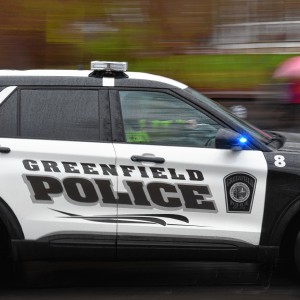 Greenfield Police Logs: April 2 to April 8, 2024
Greenfield Police Logs: April 2 to April 8, 2024
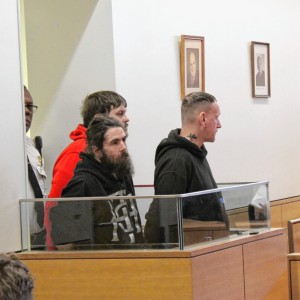 One Greenfield home invasion defendant up for bail, other three held
One Greenfield home invasion defendant up for bail, other three held
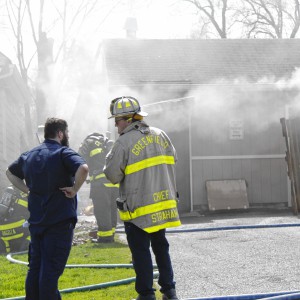 Fire scorches garage on Homestead Avenue in Greenfield
Fire scorches garage on Homestead Avenue in Greenfield
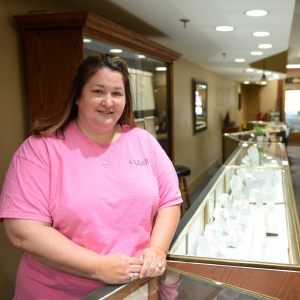 Cleary Jewelers plans to retain shop at former Wilson’s building until 2029
Cleary Jewelers plans to retain shop at former Wilson’s building until 2029
Archived maps combined with old property documents to help show the area’s evolution from an industrial center to a bedroom community, a process Tomb likened to solving a mystery. Shoemaker brought a genealogical expertise to the project, Tomb said, and she annotated diary entries from long-dead townspeople. As the editors cross-checked their various reference points, a picture of those people’s lives emerged.
“By the end, we knew who all these players were, all these characters,” Tomb said.
Now, she said, the town’s modern-day players have shown enthusiasm for the history. As of Tuesday afternoon, “Riverside” had pre-sold 126 copies, which helped fund its printing. A book-signing Sept. 9 and 10 at the Riverside Municipal Building will double as a book pickup, and the process’s emphasis on digital work — including the printing — means people will be able to buy the $42 book into the future, Tomb said. The proceeds benefit the GHC.
Going into the project, Tomb said, she thought her favorite part would be what’s always been her favorite part — working with old photos. Instead, she got the most fulfillment out of the people who worked on the book.
“What I discovered partway through that became my favorite part was the collaboration — meeting and getting to know people I already knew better who are historians in the area,” she said. “They really came out of the woodwork … I was just very interested in what they had to say.”

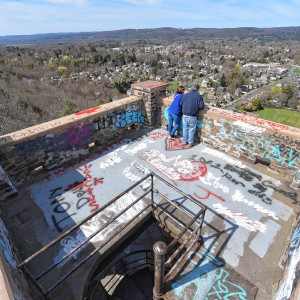 $50K allocated for Poet’s Seat Tower sandblasting as officials mull vandalism prevention
$50K allocated for Poet’s Seat Tower sandblasting as officials mull vandalism prevention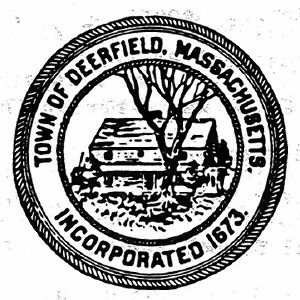 Deerfield voters to decide 8 capital projects at Town Meeting
Deerfield voters to decide 8 capital projects at Town Meeting Shelter money fading, but ‘not at the end of the line’
Shelter money fading, but ‘not at the end of the line’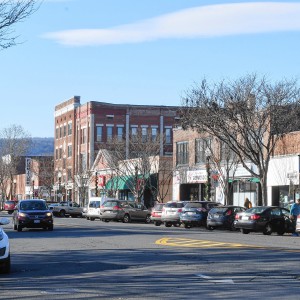 Greenfield City Council approves borrowing $1.18M for Main Street redesign, sewer repairs
Greenfield City Council approves borrowing $1.18M for Main Street redesign, sewer repairs
